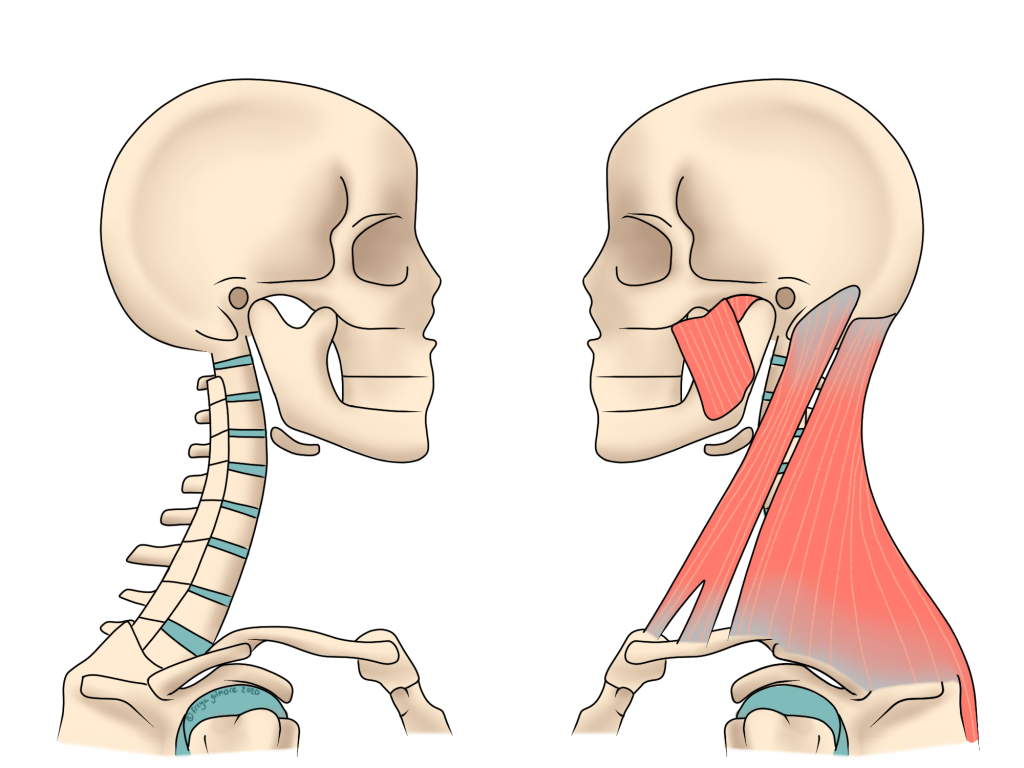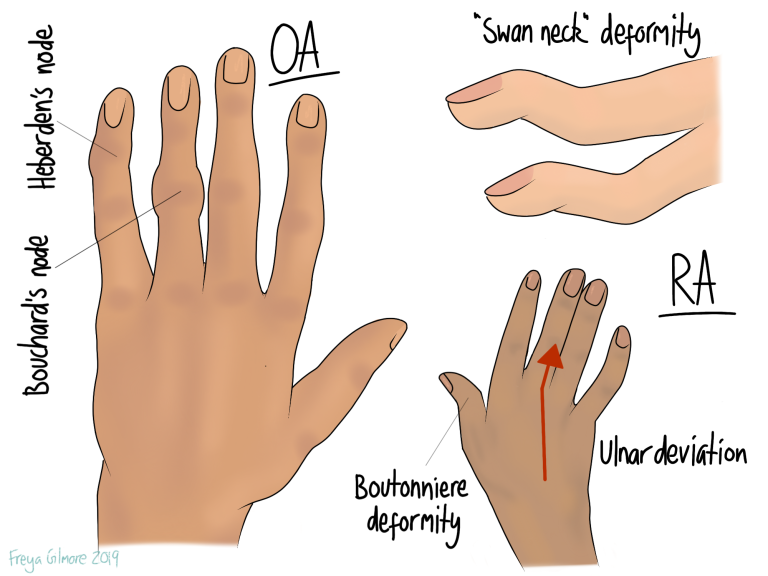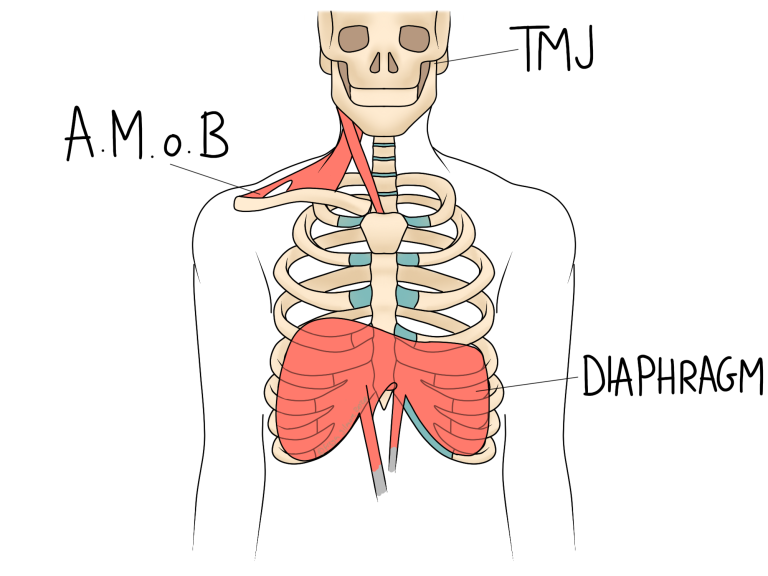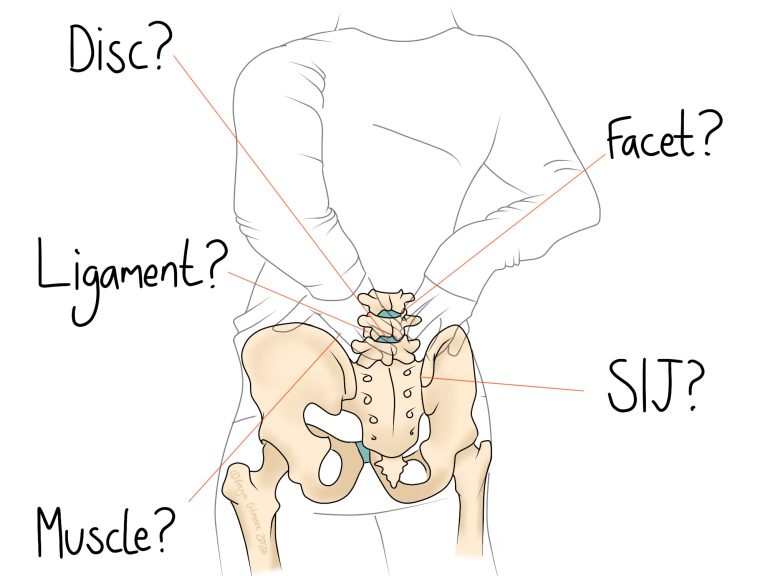Osteopaths are qualified to help with neck aches and pains. Other issues can link back to something going on in the neck, like some headaches, or nerve pains in the arm. However, we recommend that traumatic injuries such as whiplash are assessed by a doctor before seeing us.

Muscle Strains
Neck muscles work hard to support a heavy head balanced on a narrow tower. “Cricked” necks are not uncommon, and sometimes they don’t just resolve on their own. They often develop overnight, so try to avoid using too many or too few pillows that might direct you into an awkward sleeping position. That said, not all cases are avoidable, and sometimes the neck gets stuck in a cycle of protection. Either a strained muscle or an irritated joint starts the cycle, and as the body tries to protect itself, it brings the other issue into play. Both cause restriction, further irritating each other. Fortunately, a little intervention often goes a long way. Getting on top of this sooner might help you to avoid developing an annoying headache alongside, so book an appointment if your cricked neck isn’t resolving on its own.
Arthritic Pain in the Neck
You would expect arthritis to develop gradually, causing a gradual onset of symptoms. But sometimes, symptoms appear suddenly, often after an injury. It may manifest as
Other forms of arthritis can affect the neck too. Your osteopath can differentiate between osteoarthritis (OA) and rheumatoid arthritis (RA) based on the signs and symptoms. We can help make both more comfortable, but will ask you to speak to your GP about a rheumatology referral if we suspect RA.
Ergonomic Issues
If your lifestyle requires you to stay in a handful of positions all day, especially if that’s due to desk or computer work, you might start to feel it in the neck. Your neck can absorb a multitude of ergonomic sins, accommodating issues with seating and armrests due to its mobility. We can offer tailored advice for your ergonomics, but if you can ensure:
- that your computer, and phone or other tech, is placed in a position that suits a neutral neck position
- and your desk and arm rests are at the same height, avoiding wrists that have to hold a bent position to reach the keyboard
- while your hips and knees are roughly at right angles, with your feet on a foot rest if you need your chair higher to make other areas work
… then you’ll be off to a good start. For those with multiple screens, think about how often you use each. If you have two, each taking 50% of your time, then you want them just either side of the centre of the desk. If your second screen only needs the occasional glance, let your main screen sit in the middle of your desk, and have the second off to one side of it. There are no set rules that work for everyone, so trial a few options and see what works for you.
Click here to make an appointment for your neck pain in the Bristol area



